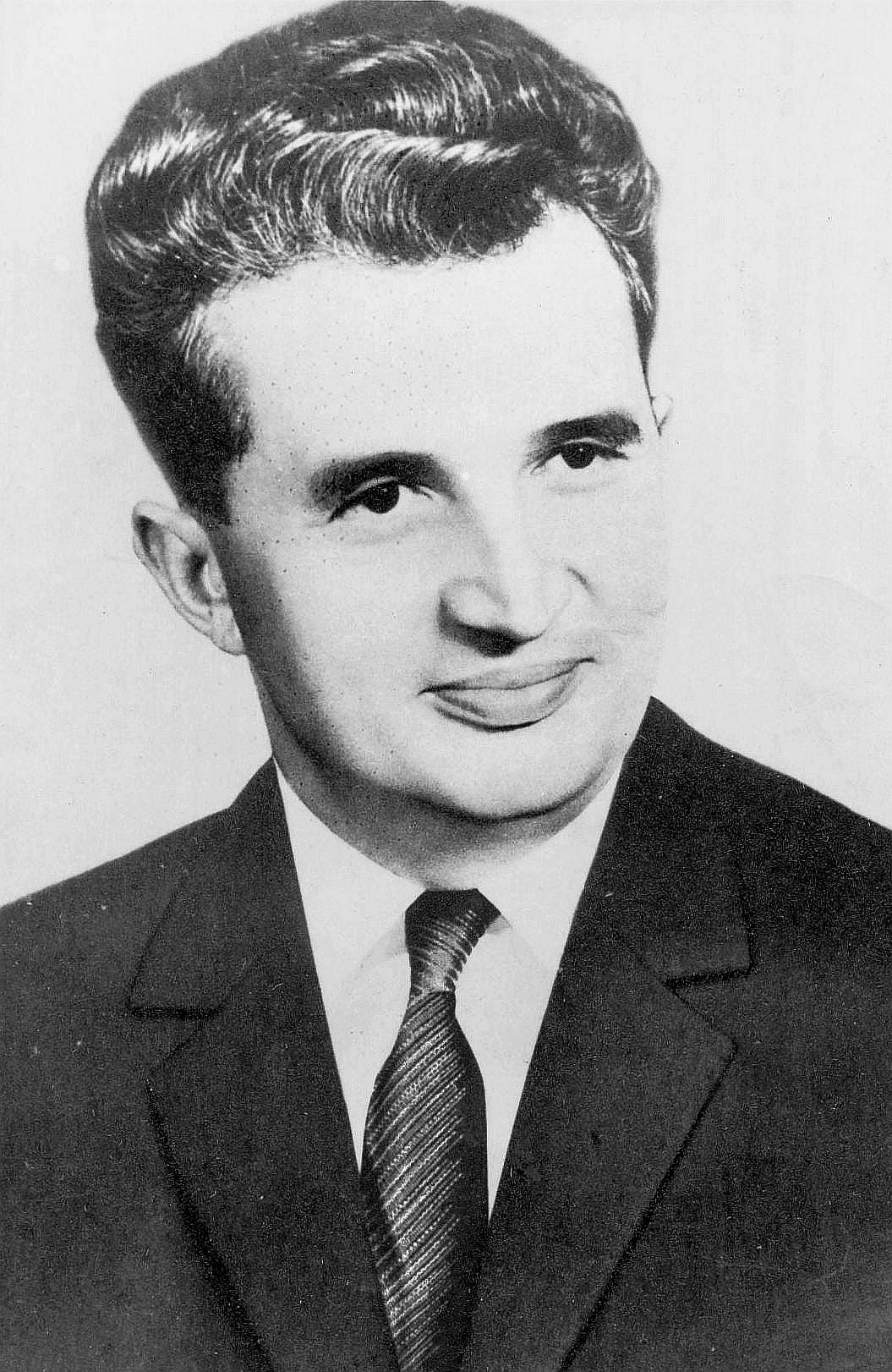"All animals are equal, but some animals are more equal than others."
— George Orwell, Animal Farm (1945)
Nicolae Ceaușescu’s shadow looms large over Romania. Though his repressive Communist state has long since fallen, the passing traveller can’t help but notice remnants of his bloody regime. During our time in the former Eastern Bloc country, Amie and I rode the glorious Transfăgărășan Road, walked the echoing halls of the Palace of the Parliament, and gazed in wonder at the startling decadence of the former leader’s residence.
In the heart of rural Scornicesti, on the chilly morning of January 26th, 1918, Nicolae Ceaușescu was born into a humble peasant family. The third of ten children, his parents could hardly have foreseen the tremendous power that he would wield in the years to come. Life was harsh in Romania in the early 20th century, and as a boy of eleven, Nicolae was sent to work in menial jobs in Bucharest’s factories. Despite his young age, he soon became a committed member of Romania's burgeoning workers' movement, joining the Union of Communist Youth at the age of 14.
By 1936, Nicolae had proven himself to be a skilled and energetic leader, and was accepted as a full member of the outlawed Communist Party. His political activities soon brought him to the attention of King Carol's police however, and he was arrested on charges of "agitation". Sentenced to 30 months in the infamous Doftana Prison in Brașov, Nicolae endured brutal beatings that left him with a permanent stutter. Yet, even in the face of such cruelty, the 18 year old remained strong, earning the admiration of his fellow inmates.
One such inmate was Gheorghe Gheorghiu-Dej — the man who would become Romania's first Communist leader. Despite their age difference, the two men became close, with Gheorghiu-Dej taking young Ceaușescu under his wing. With help from the occupying Soviet army, the Communists had taken control of Romania by the end of 1944, and Ceaușescu's swift ascent to power began. He quickly rose through the ranks of the party, steadily increasing his influence and power, before eventually succeeding Gheorghiu-Dej as General Secretary upon his death in 1965.
From the very beginning of his rule, Ceaușescu was determined to chart his own course, often defying Moscow. He shocked the world when he openly condemned the Soviet Union’s invasion of Czechoslovakia in 1968. Having seen their supposed ally brutally put down budding defiance, first in Hungary, and now Czechoslovakia, Ceaușescu worried that the Soviets might one day invade Romania. He began contingency planning for an invasion and realised there was no way to move the army across the country with speed. Thus he ordered the construction of a new road.
The Carpathian Mountains, misty, brooding, curve west to east and then southward through the heart of Romania. Ceaușescu blew 6 million kilograms of dynamite to forge a route across them. The result might be the most breathtaking road in the world.






